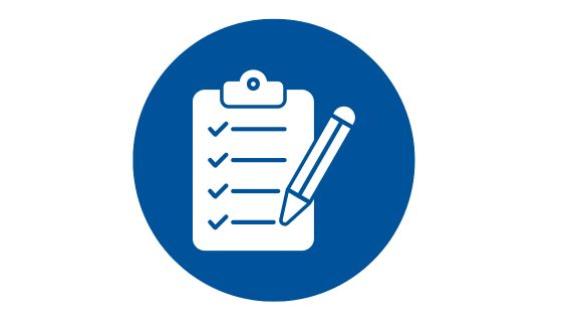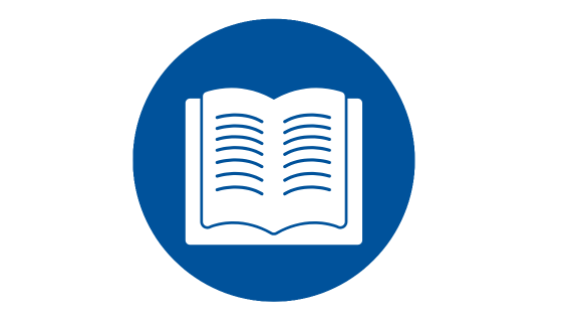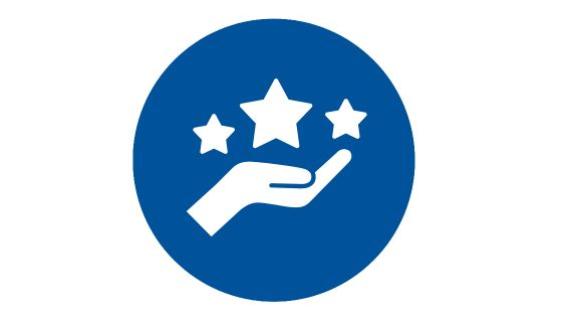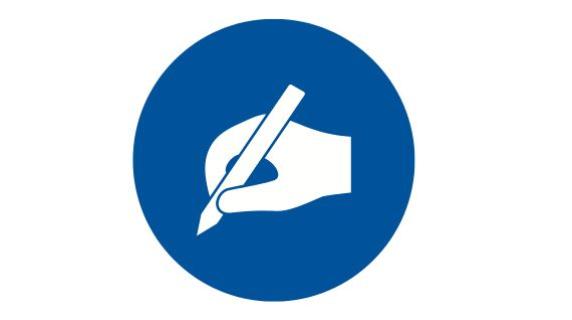Applying for scholarships can feel overwhelming, but the first step is just getting started! This guide covers everything you need to know about how to apply for scholarships, from finding opportunities to writing strong essays.
And, remember, a College Achievement Coach can give you additional tips and tricks. Email CollegeAchievementCoaches@lanecc.edu to get started.

How to Get Started
- Begin one year in advance: request scholarship lists from colleges.
- Dedicate 30 minutes a week to searching and applying.
- Save useful scholarship websites and register with trusted search platforms.
- Avoid scholarship scams—you never need to pay to find scholarships.

How to Stay on Track
- Create a scholarship portfolio (Google Drive, folder, or binder).
- Save: applications, transcripts, essays, recommendation letters, calendars.
- Track deadlines with a checklist or calendar.
- Read instructions carefully—missing steps can disqualify you.
- Note submission dates and times for each application.

How to Get Transcripts
- Unofficial transcripts: free from myLane (required by the LCC Foundation, OSAC, and Ford Family Foundation).
- Official transcripts: must be sealed, may require fees—order early.
- Always keep at least one unofficial copy from each school.
- GED transcripts: request from GED.com (fees may apply).
- High school students: include SAT/ACT scores when available.

How to Get Recommendation Letters
- Ask teachers, coaches, or mentors who know you well.
- Request letters no less than 2 weeks before the deadline.
- Share your resume or activities list to guide their writing.
- Be clear about qualities to highlight (leadership, motivation, integrity).
- Avoid generic letters—each should fit the scholarship.
- Send a thank-you note and let them know the results.

How to Talk About Yourself
- Include school, community, volunteer work, jobs, awards, and hobbies.
- Add dates and weekly hours for accuracy.
- Use short, descriptive phrases showing your impact.
- Ask family/friends to help you remember activities.
- Store certificates, job descriptions, awards, and resumes in your portfolio.

How to Write an Essay
- Start early—don’t wait for deadlines.
- Work with writing tutors.
- Essays should:
- Answer the prompt fully.
- Highlight your goals, values, and accomplishments.
- Share challenges and how you overcame them.
- Save all drafts—you can reuse ideas later.
- Don’t recycle essays unless the prompts are identical.
Scholarship Essay Tips
- Be yourself: Share what drives and inspires you.
- Show, don’t tell: Use details and examples.
- Strong intro: Hook readers in the first few lines.
- Smooth transitions: Keep ideas connected.
- Finish strong: Tie your story to your future goals.
- Revise often: Cut anything irrelevant.
- Get feedback: Attend a scholarship workshop or take advantage of LCC writing tutors.
Note: Scholarship providers may screen for AI-written essays. Use AI tools only to polish your writing, not to generate it.
Quick Scholarship Questions & Answers:
What should I include in a scholarship essay?
Focus on your goals, accomplishments, challenges, and personal values. Show who you are with specific examples.
Do scholarships require official transcripts?
Some do, but many accept unofficial transcripts. Always check each application’s requirements.
How early should I ask for recommendation letters?
At least two weeks before the deadline—earlier if possible.
What’s the best way to find scholarships?
Start with your college’s financial aid office and trusted scholarship search websites. Avoid any site that asks for payment.
How do I stay on top of multiple applications?
Use a scholarship checklist or portfolio to track deadlines, documents, and submission dates.
How do scholarships affect financial aid?
It depends on your scholarships and financial aid package. When you receive a scholarship, we recommend meeting with an LCC financial aid advisor to see how the scholarship will affect your financial aid package. Learn more about scholarships and financial aid.
Contact Us
Get scholarship help from a College Achievement Coach
4000 E 30th Ave.
Eugene, OR 97405
Rest of term: Monday - Wednesday: 8:30am - 5:00pm
Thursday: 10:00 a.m. - 5:00 p.m.
Friday: 8:30 a.m. - 2:00 p.m.
(LCC is closed on Fridays in the summer)
